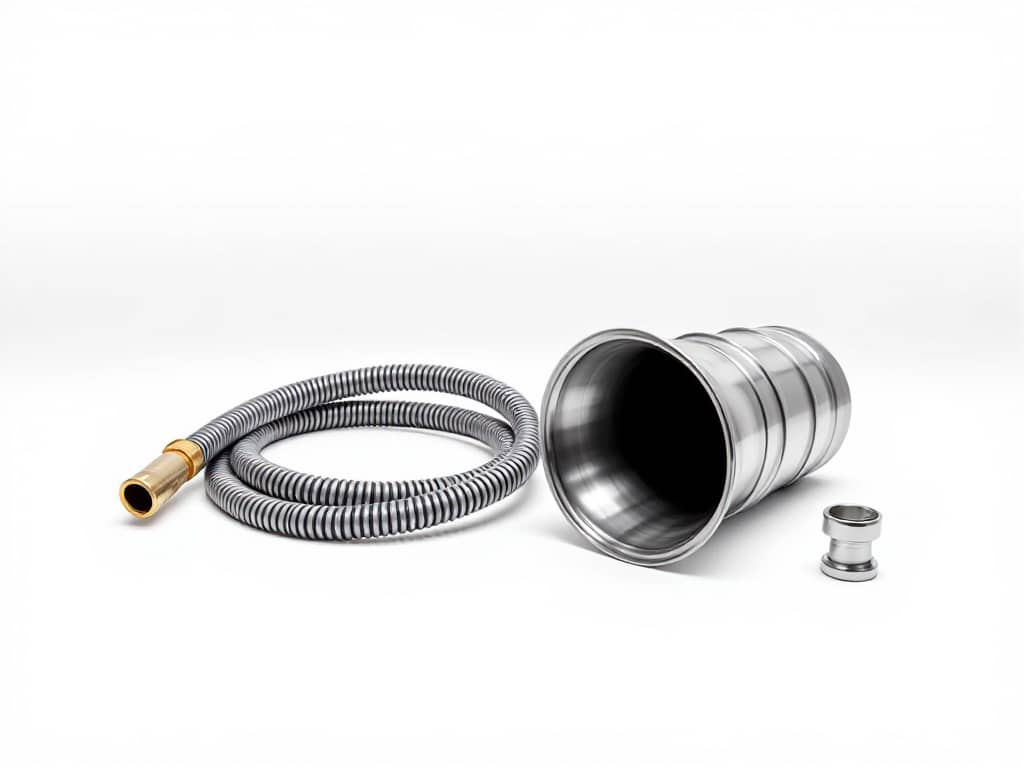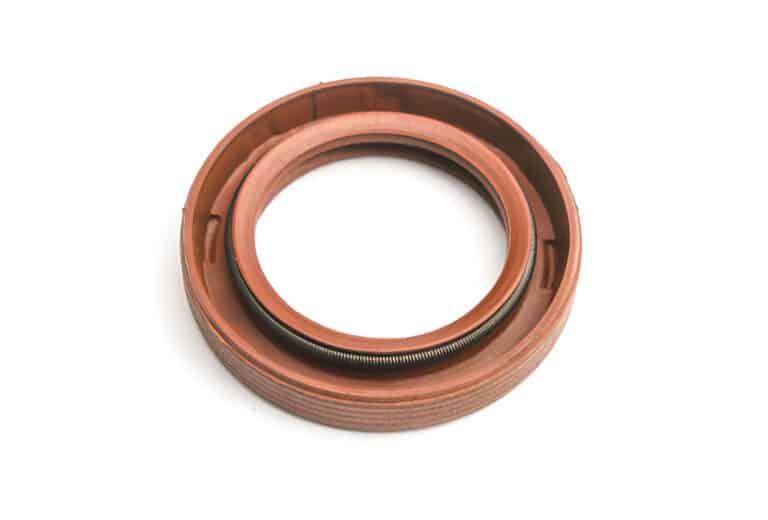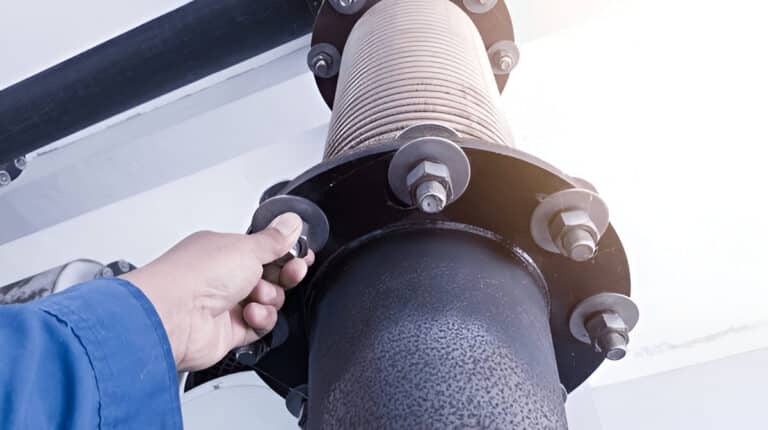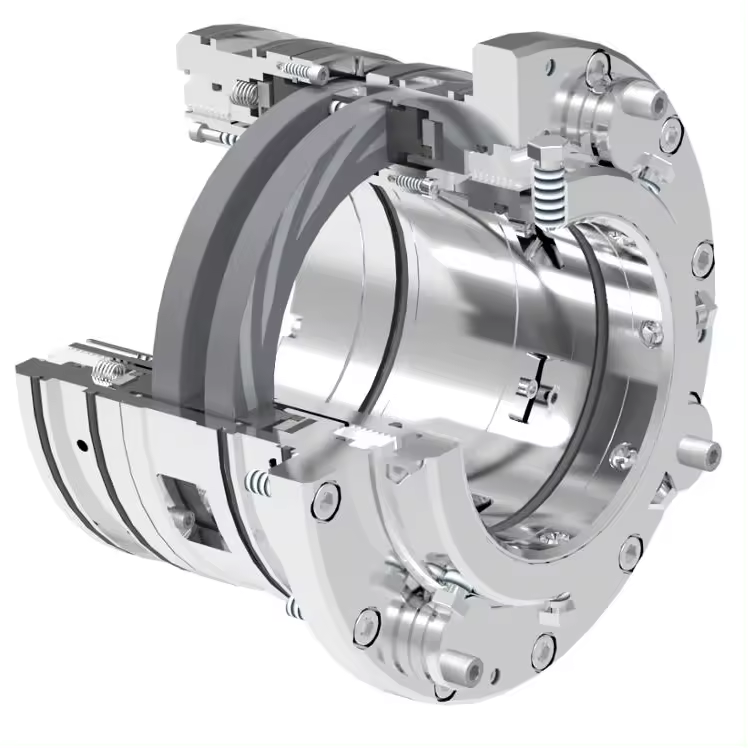Hoses and bellows are two types of flexible, tubular components that are commonly used in a wide range of industrial applications for transporting fluids or protecting sensitive components. While they may look similar at first glance, there are some key differences between hoses and bellows in terms of their structure, function, materials, flexibility, and typical use cases.
In this article, we’ll take a closer look at what exactly hoses and bellows are, explore the main ways in which they differ from each other, and discuss the factors to consider when deciding between a hose or bellow for your specific application. By understanding the strengths and limitations of each option, you’ll be well-equipped to make the optimal choice for your needs.

What Is Hose
A hose is a flexible, hollow tube designed to transport fluids or gases from one location to another. It is an essential component in many mechanical applications, from garden watering to industrial hydraulic systems.
The structure of a hose typically consists of multiple layers:
- An inner tube that carries the fluid or gas
- Reinforcement layers made of woven or braided materials to provide strength and durability
- An outer cover to protect against abrasion, weather, and other external factors
One key characteristic of hoses is their flexibility. They can bend and flex to accommodate movement, vibration, or changes in the routing path. This allows them to be used in applications where rigid pipes would be impractical or impossible.
What Is Bellow
A bellow is a flexible, thin-walled component designed to accommodate movement, expansion, or vibration in piping systems. Unlike a hose which transports fluids, a bellow’s primary function is to provide a flexible connection between rigid sections of pipe or equipment.
Bellows have a distinctive accordion-like structure, with a series of convolutions or folds. This structure allows the bellow to compress, extend, or flex laterally while maintaining a sealed passage for the fluid or gas.
The convolutions in a bellow act like a spring, allowing it to absorb mechanical forces and displacements. This is especially useful in applications with thermal expansion, where pipes can change length due to temperature changes. Bellows can compress or stretch to accommodate this movement without putting stress on the piping system.
Compared to hoses, bellows generally have a lower pressure rating and are not designed for significant fluid transport. Their thin walls make them more sensitive to pressure, and they are more prone to fatigue over repeated flexing cycles. However, their ability to absorb movement and vibration is superior to hoses.
Difference Between a Hose and a Bellow
Structural
The primary structural difference between hoses and bellows lies in their shape and construction. A hose is a long, cylindrical tube with a consistent diameter throughout its length. Its walls are typically smooth both inside and out.
In contrast, a bellow features a series of convolutions or deep folds along its length, giving it an accordion-like appearance. These convolutions allow the bellow to extend, compress, and flex much more than a standard hose. The ends of a bellow often have flanges to enable attachment.
Function
Hoses and bellows also differ in their core functions. A hose is designed to efficiently transport a fluid or gas from one end to the other. It aims to minimize pressure loss and provide a clear, unobstructed path for the material to flow through. Hoses are ideal when you need to move something from point A to point B.
Bellows, on the other hand, are engineered to be flexible connectors. Their primary role is to provide a dynamic, movable link between two components while still containing and conveying a substance. Bellows can absorb vibrations, tolerate misalignment, and allow for motion between the two ends. They maintain a seal even as the equipment moves or shifts.
Material
The materials used for hoses and bellows vary based on the application. Hoses are commonly made from rubber, silicone, PVC, or other polymers. These materials provide flexibility, durability, and resistance to the fluid being transported. Some hoses incorporate reinforcement layers like braided fibers or steel wire to withstand higher pressures.
Bellows demand materials that can endure repeated flexing without cracking or fatigue. Metals like stainless steel, brass, and bronze are frequently used for their strength, corrosion resistance, and ability to form thin walls. Elastomers and thermoplastics are chosen for lower temperature and pressure situations.
Flexibility
In terms of flexibility, bellows are specifically designed to be highly flexible components, while hoses have more limited bending capabilities. A hose can bend and flex to a certain degree, mostly to accommodate routing and installation needs. However, its flexibility is constrained by the properties of the hose material and any reinforcement layers. Sharp bends or twists can cause kinks and restrict flow.
Bellows, in comparison, are all about flexibility. The convoluted design allows for significant extension, compression, and angular movement. Bellows can tolerate vibrations, thermal expansion, and mechanical motion. This flexibility makes them ideal for connecting components that move relative to each other.
Applications
Given their different strengths, hoses and bellows find use in a range of applications. Hoses are used extensively for fluid transfer, such as in hydraulic lines, fuel delivery, and water handling. They are also common in pneumatic systems for conveying air or other gases. Hoses are found in vehicles, industrial equipment, and even household applications like garden watering.
Bellows excel in applications involving dynamic motion and vibration. For example, they connect piping in HVAC systems to absorb thermal expansion and contraction. In vehicles, bellows are used on steering and driveshaft boots to allow articulation while keeping out dirt. Machinery uses bellows to protect sensitive components from contaminants. Bellows also find use in mechanical seals and sensors.




